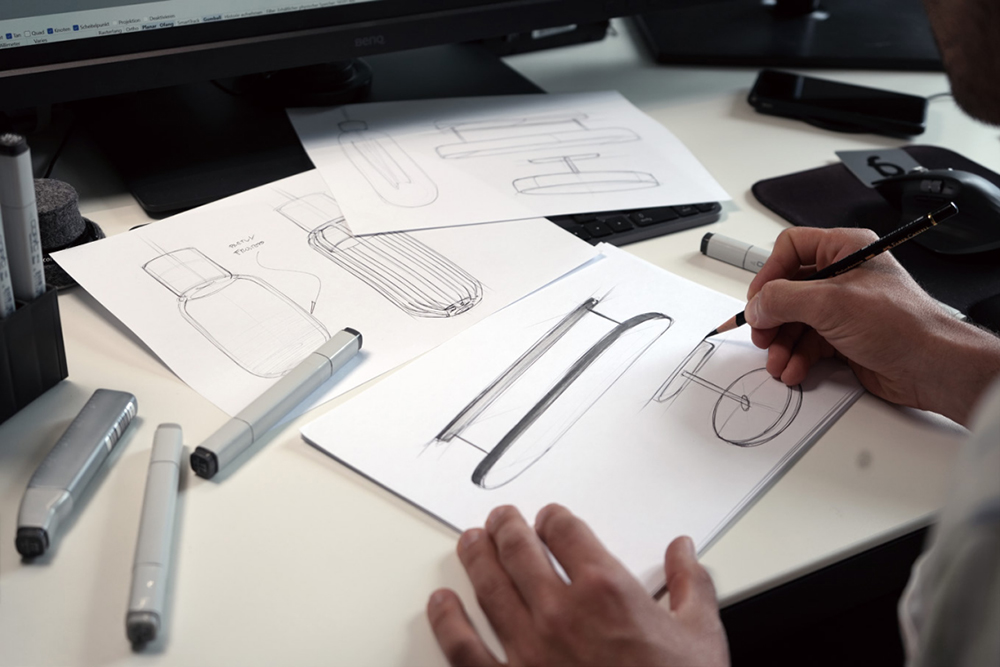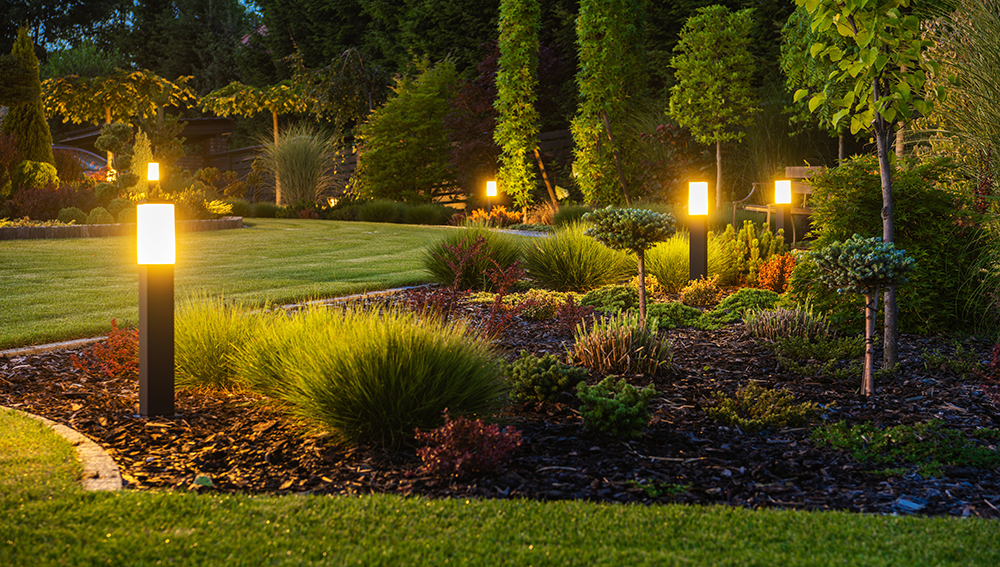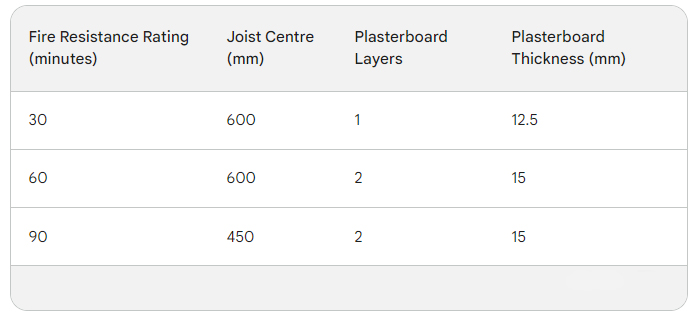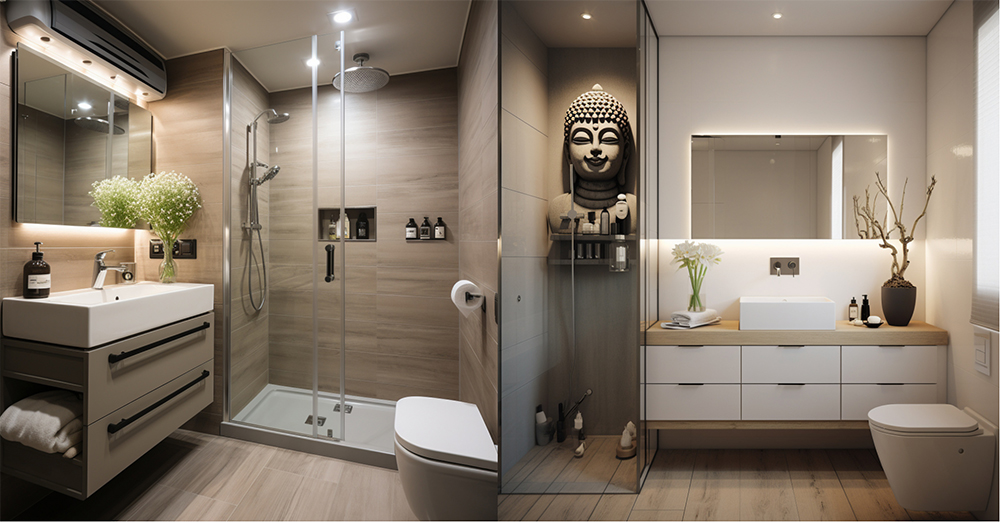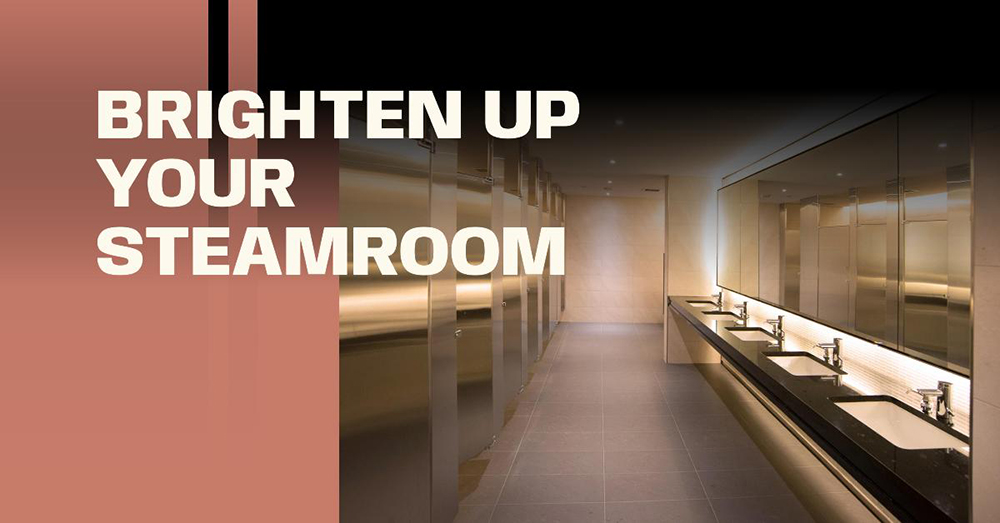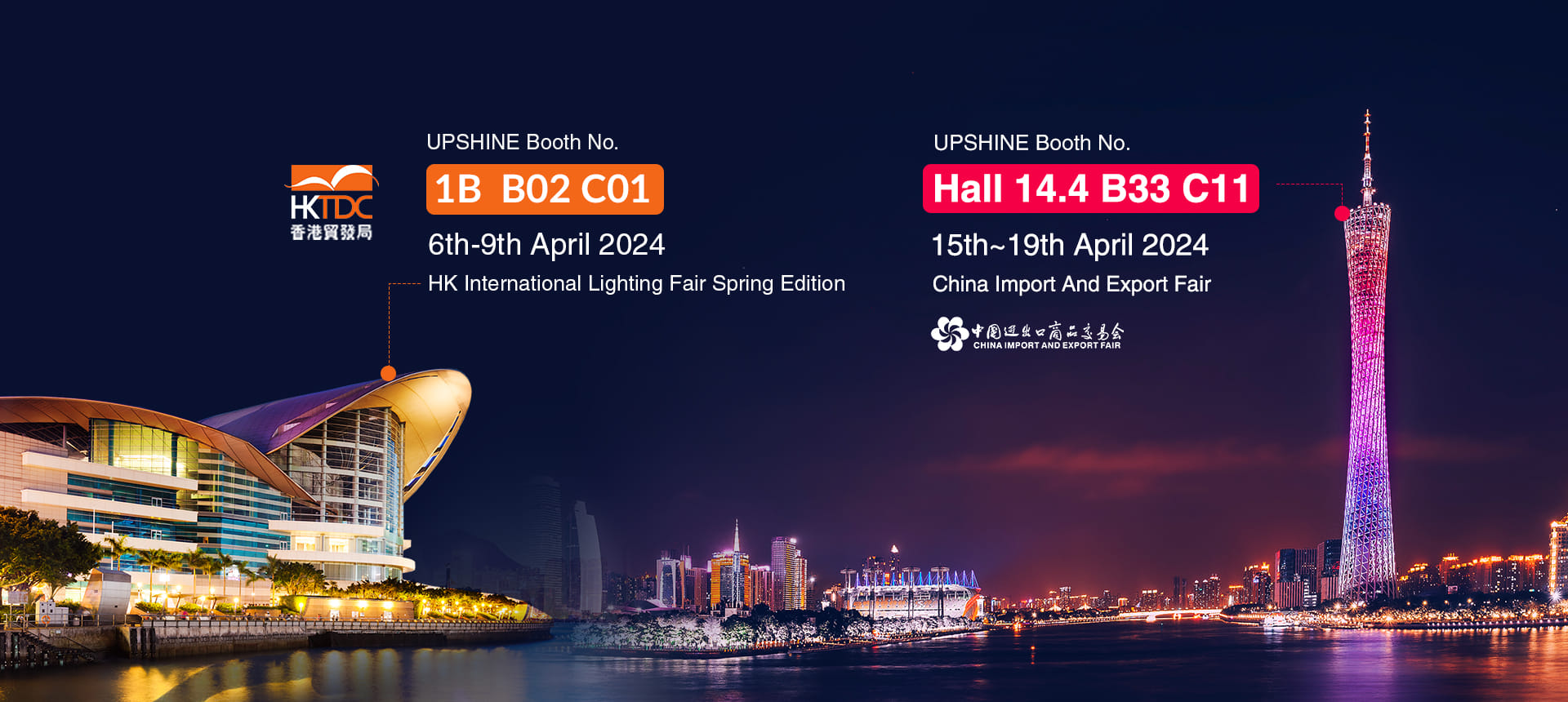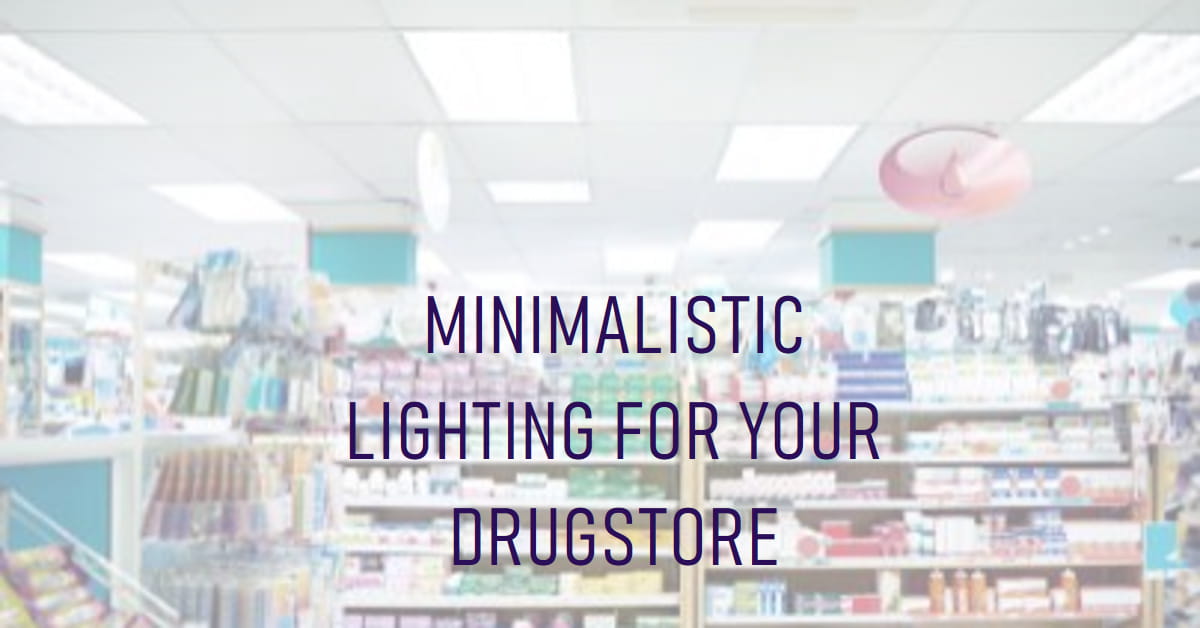The Internet of Things (IoT) technology is dramatically transforming the commercial building industry. It is empowering building owners to track data, gain intelligence and implement solutions that enhance workflow, processes and produce better user experiences. IoT has endless beneficial applications from tracking critical medical equipment in hospitals to helping businesses maximize current spaces and reducing lighting and HVAC energy and costs.
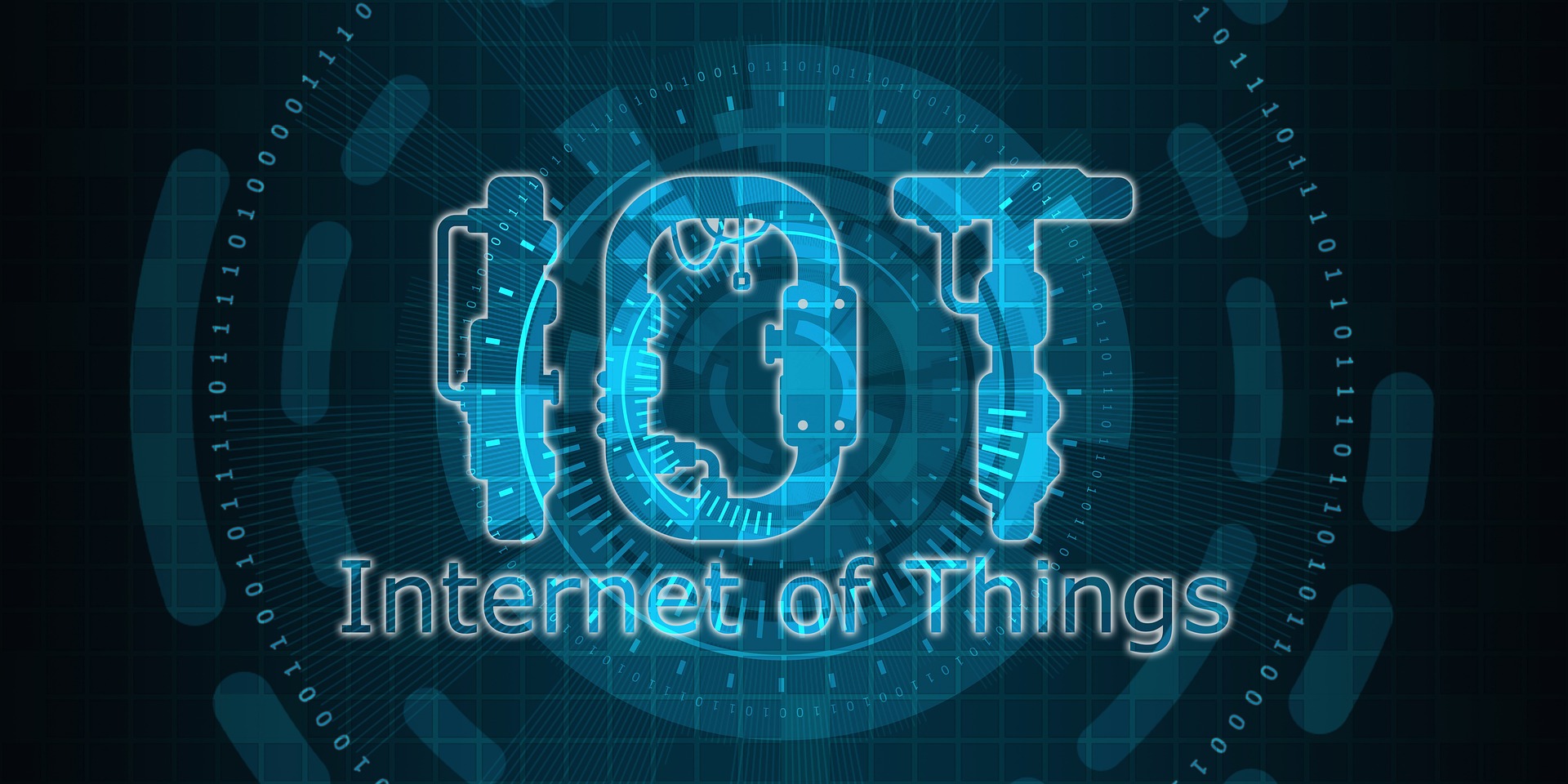
Regardless of the amazing benefits IoT offers, the industry is experiencing significant road blocks to brining IoT to commercial buildings that need to be addressed immediately.
LED light fixtures are an ideal carrier for IoT technology, providing ubiquitous location for granular data collection throughout the building while delivering electric power to the sensors. Yet today, only a small percentage of LED fixtures have smart sensors.
LED light fixtures typically boast a long lifetime of 15 years or more. Therefore, if more smart sensors are not incorporated into fixtures now or have the ability to be easily added after the lighting is installed, we are condemning buildings to be unintelligent for at least the next decade or more.
Additionally, we must consider the rapid IoT and smart sensor technology evolution. IoT and smart sensor technology is advancing at a similar pace to mobile phones, and major IoT technology upgrades will certainly occur throughout the LED fixture’s life. These upgrade cycles for the IoT sensors call for a cost-effective, low-impact method of upgrading sensors, allowing build owners to continue to reap the benefits of the most advanced IoT technology.
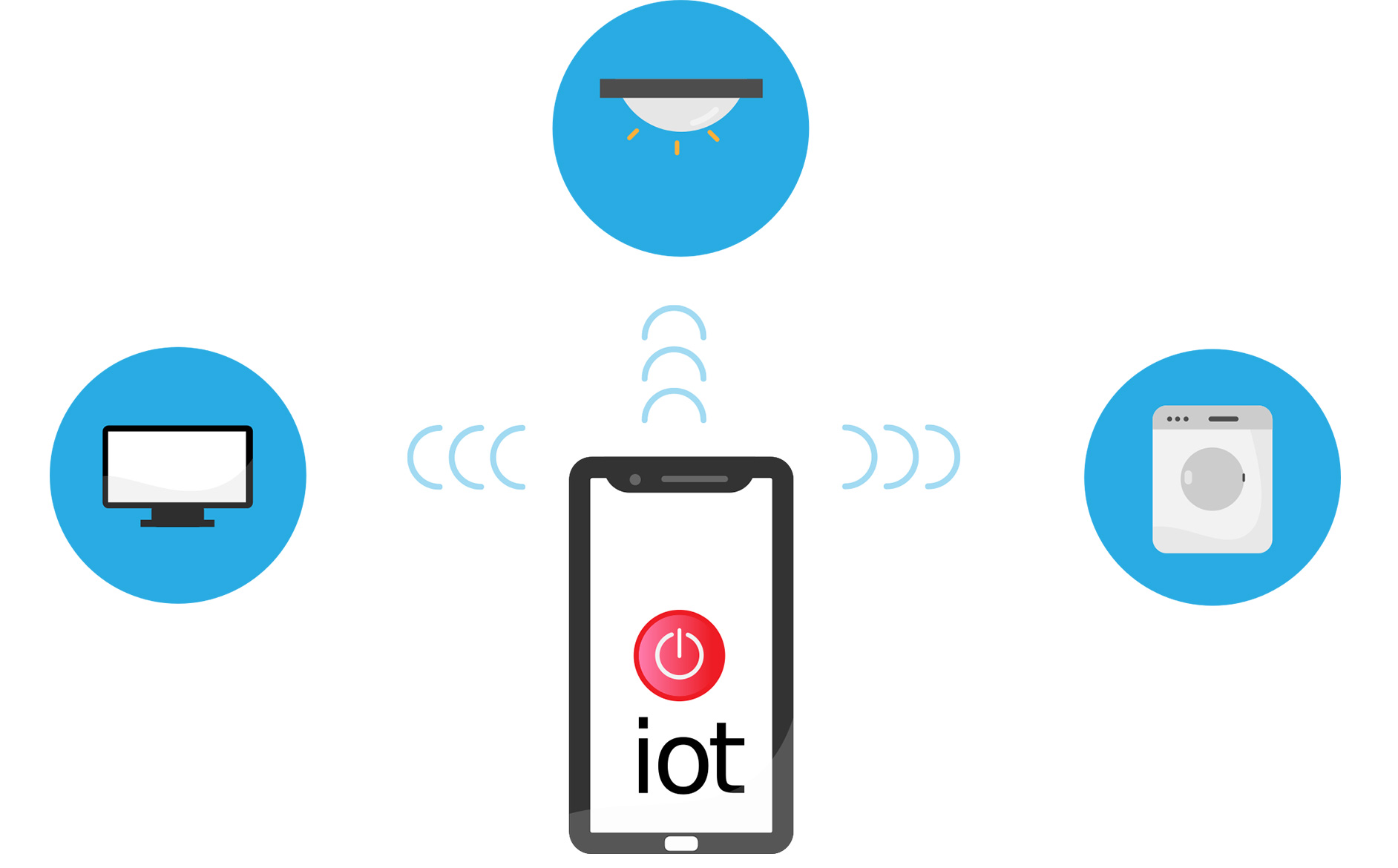
The immediacy of solving these challenges is real. According to a recent study from Wintrgreen Research, the LED lighting market is anticipated to grow 45% per year and reach $63.1 billion by 2020. We cannot miss this critical opportunity to ensure all new LED fixtures feature smart sensors or at least have the capability to add a smart sensor in the future.

